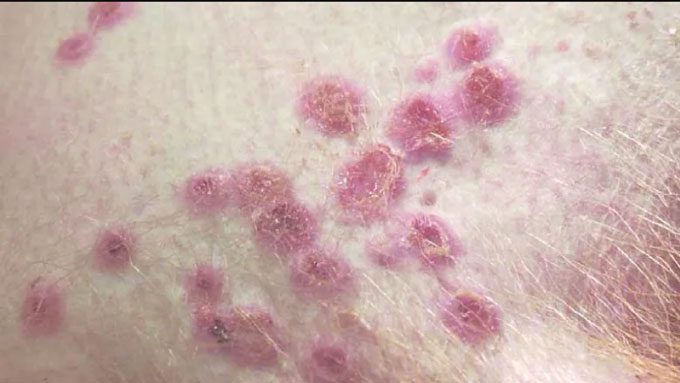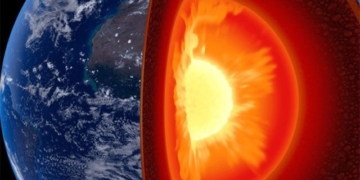A study from Queen Mary University has found that monkeypox is associated with additional severe symptoms, including lesions in the genital area, and ulcers in the mouth or anus.
On July 21, the New England Journal of Medicine published this research after reviewing 528 cases of monkeypox across 16 countries from April 27 to June 24.
The expert group stated that, in addition to symptoms such as fever, headache, muscle pain, chills, exhaustion, swollen lymph nodes, and vesicular lesions, monkeypox has also been noted to cause localized sores in the genital and anal regions. These manifestations resemble sexually transmitted infections (STIs), which may lead to misdiagnosis.
Consequently, experts recommend that monkeypox should not be ruled out if a patient tests positive for other sexually transmitted viruses. Many cases have been identified with co-infections of both diseases.
Expanding the definition of symptoms will help doctors easily recognize infections, thereby preventing the virus from spreading. This is particularly crucial given the global limitations on vaccine and antiviral drug supplies, making preventive measures an essential tool in controlling outbreaks that threaten public health.
Monkeypox has been endemic in Africa since 1970, but the number of cases has surged since May of this year. To date, nearly 17,000 infections have been reported worldwide across 75 countries, with 5 fatalities. On July 23, the World Health Organization (WHO) declared monkeypox a global health emergency.
Initially, individuals contracted the disease through bites from rodents or small animals, and the virus was not easily transmitted between humans.
However, during the current outbreak, the majority of cases have occurred among men who have sex with men. The disease primarily spreads through direct skin-to-skin contact, open wounds, bodily fluids… Additionally, it can spread through contact with contaminated objects and surfaces.
The World Health Organization (WHO) warns that anyone can become infected with the virus, especially as certain high-risk groups have been identified, including children, pregnant women, and immunocompromised individuals.

Skin lesions caused by monkeypox. (Photo: Journal of Veterinary Sciences)
WHO indicates that the fatality rate ranges from 0-11%, while the U.S. Centers for Disease Control and Prevention (CDC) reports that the fatality rate for the West African strain of the virus is 1%, which may be higher among immunocompromised individuals.
Currently, there is no specific treatment for this disease. WHO recommends against mass vaccination for monkeypox due to limited vaccine supplies, advising vaccination only for high-risk groups and those in genuine need, such as healthcare workers and caregivers of infected individuals.


















































